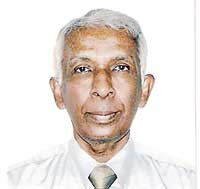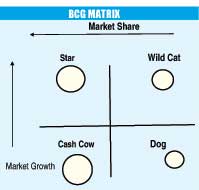Reply To:
Name - Reply Comment
Last Updated : 2024-04-20 00:00:00
 By R.A.S.Rajapakse
By R.A.S.Rajapakse times, based on consumer behavior could go down even to a single customer/guest. From a broader sellers perspective (analysis of consumer identity) consumers could be segmented as,
times, based on consumer behavior could go down even to a single customer/guest. From a broader sellers perspective (analysis of consumer identity) consumers could be segmented as,
.jpg) Too often, the trigger for action, in particular discount action is an emotional reaction to low booking levels, and not a rational reasoned decision based on actual trends.
Too often, the trigger for action, in particular discount action is an emotional reaction to low booking levels, and not a rational reasoned decision based on actual trends.
Add comment
Comments will be edited (grammar, spelling and slang) and authorized at the discretion of Daily Mirror online. The website also has the right not to publish selected comments.
Reply To:
Name - Reply Comment
On March 26, a couple arriving from Thailand was arrested with 88 live animal
According to villagers from Naula-Moragolla out of 105 families 80 can afford
Is the situation in Sri Lanka so grim that locals harbour hope that they coul
A recent post on social media revealed that three purple-faced langurs near t